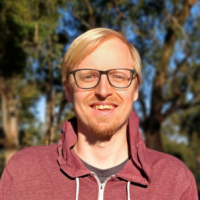SystemX Affiliates: login to view related content.

*To receive email announcements and live stream information for upcoming seminars, please subscribe to the SystemX Seminar/EE310 Mailing list here.
As of today, more than 20 billion devices, almost three times the number of people on earth, are connected to the internet. More than half of that are Internet-of-Things (IoT) devices and it is expected that flexible electronics will play a big role in developing new types of IoT sensor systems. Applications include environmental monitoring, food packaging, and biomedical applications like vital sign and disease detection on skin or inside of the human body. However, there are several material, device and integration challenges to solve before flexible IoT systems can become a reality. Most flexible substrates require low process temperature (typically <250 °C), which hinders the direct growth of high-quality semiconductors making the choice of materials limited. At the same time, typical device dimensions are on the micron-scale which leads to low performance and high power consumption. Here, I will show how layered and two-dimensional (2D) chalcogenide compounds can offer attractive solutions for the components needed in flexible electronics overcoming the previously mentioned limitations. I will present our recent work on flexible devices including transistors, sensors, solar cells and memory. In future, combining these devices, we can imagine self-powered flexible IoT systems enabled by low energy consumption and integrated energy harvesters.
Alwin received his Ph.D. (2018) in EE from ETH Zurich (Switzerland) and his B.Sc./M.Sc. from Braunschweig University of Technology (Germany). He did research stays and internships at Princeton (Surface Chemistry), Bosch (MEMS) and Philips (OLED). He is now a postdoc at Stanford studying flexible electronic devices such as transistors, memory, solar cells and sensors. He has been a recipient of the Early Postdoc.Mobility Fellowship from the Swiss National Science Foundation.


